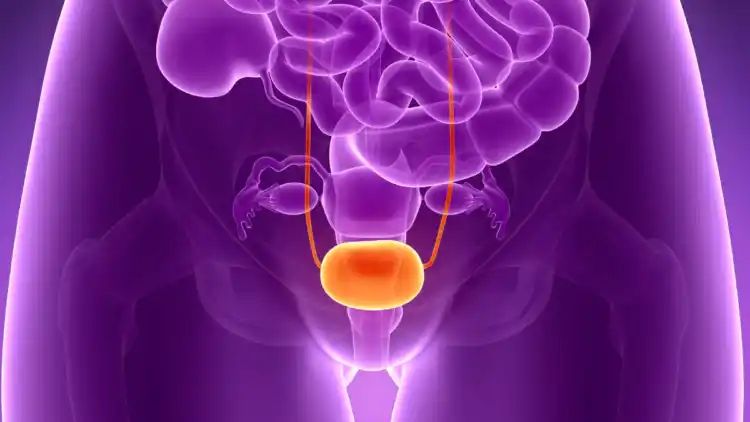GP warns of six telltale signs of endometriosis every woman should know

March is Endometriosis Action Week and the theme this year is: could it be endometriosis?
It’s an important question, because despite the condition affecting one in 10 women and people assigned female at birth, according to Endometriosis UK, it takes an average seven-and-a-half years after first seeing a doctor about symptoms for someone to get a proper diagnosis.
Lots of factors play into this – including the fact endometriosis is associated with painful, heavy periods, which people are often taught is just ‘normal’.
“There can be a misconception that periods are meant to be painful, and they are heavy and can have this huge impact on your day-to-day life,” says Dr Stephanie Ooi, a GP working with Active Iron. “Whereas really, I would say those things are definitely a sign to go and see your GP.”
Endometriosis occurs when cells similar to the ones in the uterus lining grow outside the uterus. These lesions bleed (like what happens within the uterus during a period), but because the blood can’t escape, it can cause inflammation and scar tissue (adhesions) to form, as well as cysts.
In severe cases, this process can be widespread, affecting other organs and tissues throughout the body. As Dearbhail Ormond, founder & CEO of frendo, an app that supports people affected by endometriosis or awaiting diagnosis (and who also lives with severe endometriosis herself), puts it: “Endometriosis is a whole-body, chronic, inflammatory disease.”
Infertility is also associated with the condition, and lots of people with endometriosis also have adenomyosis – where the endometrial tissue grows inside the uterus wall.





